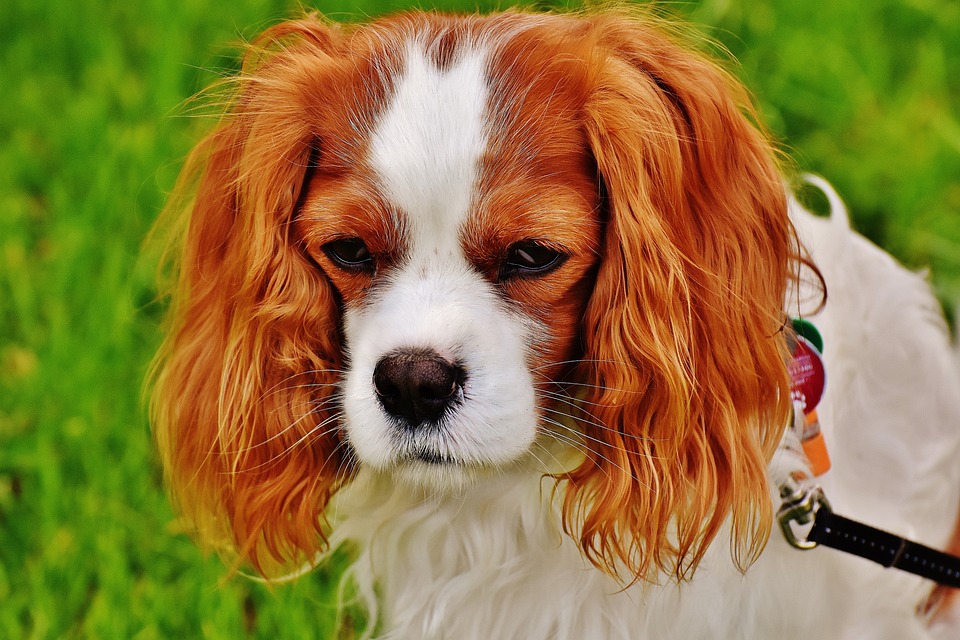Preventing and Managing Common Respiratory Issues in Dogs
Introduction
Respiratory issues can be a cause of concern for dog owners. Just like humans, dogs can suffer from various respiratory conditions that can affect their overall health and well-being. In this article, we will discuss some effective strategies for preventing and managing common respiratory issues in dogs. Additionally, we will address frequently asked questions to provide a comprehensive understanding of this topic.
I. Understanding Common Respiratory Issues in Dogs
1.1. What are common respiratory issues in dogs?
Common respiratory issues in dogs include kennel cough, pneumonia, bronchitis, asthma, and collapsing trachea. These conditions can range from mild to severe and may require veterinary intervention.
1.2. Identifying the symptoms of respiratory problems
Symptoms of respiratory problems in dogs may include coughing, sneezing, wheezing, difficulty breathing, nasal discharge, rapid or shallow breathing, fatigue, and reduced appetite. It is important to monitor your dog’s behavior and seek veterinary attention if any of these symptoms persist.
1.3. How do respiratory issues impact a dog’s health?
Respiratory issues can significantly impact a dog’s health and quality of life. They can cause discomfort, reduce activity levels, and lead to complications such as pneumonia. Severe respiratory issues can even be life-threatening if left untreated.
II. Prevention Strategies for Respiratory Issues
2.1. Vaccinations: Protecting against infectious diseases
Ensuring your dog is up to date on vaccinations can help protect them against infectious respiratory diseases such as canine distemper and parainfluenza virus. Consult with your veterinarian to determine the appropriate vaccination schedule for your dog.
2.2. Maintaining a clean environment: Reducing exposure to allergens
Regularly clean your dog’s living area to reduce the presence of dust, mold, pollen, and other allergens that can trigger respiratory issues. Use pet-friendly cleaning products and ensure good ventilation in your home.
2.3. Regular veterinary check-ups: Detecting respiratory issues early
Schedule regular check-ups with your veterinarian to monitor your dog’s respiratory health. Early detection of respiratory issues can lead to timely treatment and better outcomes.
2.4. Avoiding secondhand smoke: Protecting your dog’s lungs
Exposure to secondhand smoke can increase the risk of respiratory issues in dogs. Avoid smoking around your dog and ensure they are not exposed to environments where smoking occurs.
2.5. Proper nutrition and exercise: Strengthening the immune system
A well-balanced diet and regular exercise can help strengthen your dog’s immune system, making them less susceptible to respiratory issues. Consult with your veterinarian for recommendations on the appropriate diet and exercise routine for your dog’s breed and age.
III. Managing Respiratory Issues in Dogs
3.1. Consult with a veterinarian: Accurate diagnosis and treatment plan
If your dog exhibits respiratory symptoms, it is crucial to consult with a veterinarian for an accurate diagnosis and appropriate treatment plan. Your veterinarian may perform diagnostic tests such as X-rays, blood work, or respiratory swabs to determine the underlying cause of the issue.
3.2. Medications and treatments: Bronchodilators, antibiotics, and more
Treatment for respiratory issues may include medications such as bronchodilators, antibiotics, cough suppressants, and anti-inflammatory drugs. Your veterinarian will prescribe the appropriate medications based on the specific condition and severity of the symptoms.
3.3. Home care: Providing a comfortable environment for recovery
Create a comfortable and stress-free environment for your dog to aid in their recovery. Ensure they have a warm and quiet space to rest, and provide any necessary supportive care such as humidifiers or nebulizers as recommended by your veterinarian.
3.4. Respiratory therapy: Assisting breathing and clearing airways
In some cases, respiratory therapy may be necessary to assist your dog’s breathing and clear their airways. This may involve techniques such as chest physiotherapy or using a vibrating vest to help loosen mucus and improve airflow.
3.5. Lifestyle adjustments: Limiting exposure to triggers and irritants
Identify and limit your dog’s exposure to triggers and irritants that can worsen respiratory issues. This may include avoiding areas with high levels of pollen or dust, using air purifiers, and ensuring good air quality in your home.
IV. Frequently Asked Questions (FAQs)
4.1. Can respiratory issues in dogs be contagious to humans?
Most respiratory issues in dogs are not contagious to humans. However, certain respiratory infections, such as canine influenza, can be transmitted between dogs and humans. It is important to practice good hygiene and consult with a healthcare professional if you have concerns.
4.2. What are the common causes of respiratory infections in dogs?
Respiratory infections in dogs can be caused by viruses, bacteria, fungi, or parasites. Common causes include canine distemper, parainfluenza virus, Bordetella bronchiseptica (the bacteria responsible for kennel cough), and pneumonia-causing bacteria.
4.3. Can allergies cause respiratory issues in dogs?
Yes, allergies can cause respiratory issues in dogs. Allergens such as pollen, dust mites, mold, and certain foods can trigger allergic reactions, leading to respiratory symptoms such as coughing, sneezing, and difficulty breathing.
4.4. How can I tell if my dog is having difficulty breathing?
Signs of difficulty breathing in dogs include rapid or shallow breathing, increased effort to breathe, wheezing or coughing, bluish gums or tongue, and collapsing. If you notice any of these symptoms, seek immediate veterinary attention.
4.5. Are certain dog breeds more prone to respiratory issues?
Certain dog breeds are more prone to respiratory issues due to their anatomy. Brachycephalic breeds with short snouts, such as Bulldogs, Pugs, and Shih Tzus, are at a higher risk of respiratory problems. Additionally, small toy breeds may be susceptible to collapsing trachea.
Conclusion
By understanding common respiratory issues in dogs and implementing preventive measures, you can significantly reduce the risk of your furry friend developing respiratory problems. Remember to consult with a veterinarian for an accurate diagnosis and appropriate treatment if your dog exhibits any respiratory symptoms. With proper care and management, you can help your dog lead a healthy and happy life, free from respiratory issues.









